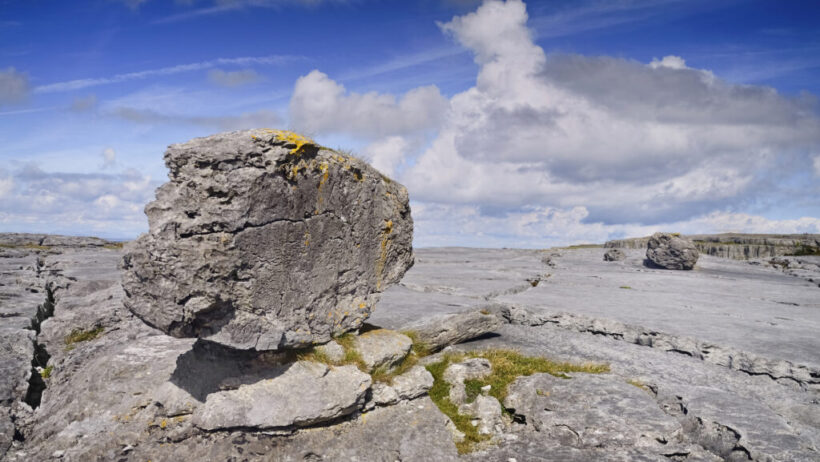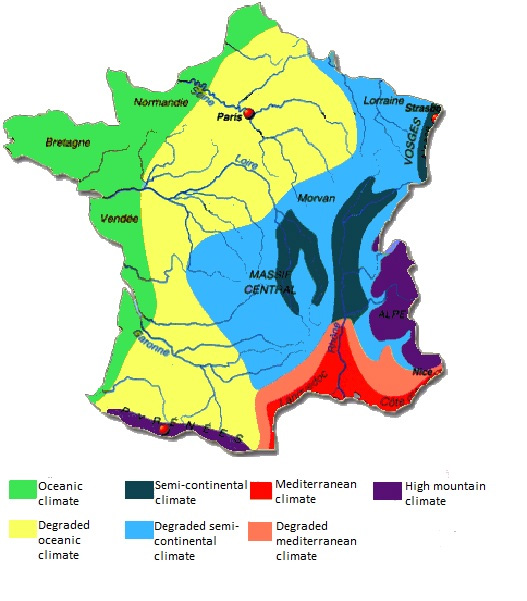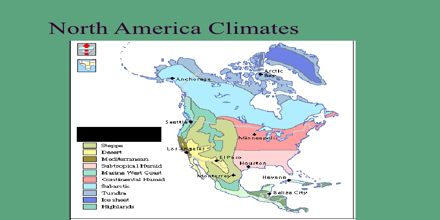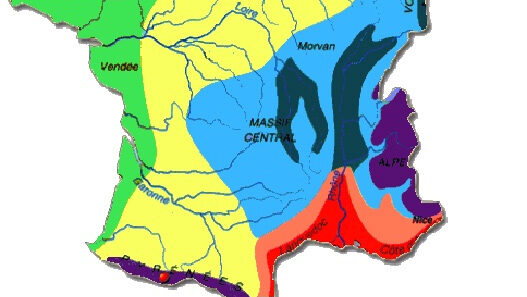Understanding the intricacies of how climate affects the speed of weathering unveils a crucial narrative intertwined with the processes of geological change and the broader implications for our environment. As the global climate continues to shift, the dynamics of weathering—both physical and chemical—are expected to evolve, raising questions about the fate of our landscapes and ecosystems. This discourse offers insight into the mechanisms at play and invites curiosity about their far-reaching consequences.
At its core, weathering denotes the breakdown of rocks and minerals at or near the Earth’s surface. It is an essential geological process that sets the stage for soil formation, nutrient cycling, and vegetation growth. The two primary types of weathering—physical and chemical—are each influenced by climatic conditions, creating a complex interplay that shapes the Earth’s surface.
1. Physical Weathering: A Mechanism of Climate Interaction
Physical weathering refers to the mechanical disintegration of rocks, often driven by temperature fluctuations, freeze-thaw cycles, and the presence of water. One can imagine a frigid winter’s night when water seeps into the minute fractures of a rock. As temperatures drop, the water freezes, expanding in volume and thereby exerting immense pressure on the surrounding rock. This process, known as frost wedging, can dramatically alter the landscape, producing jagged cliffs or even fine sediment.
As climate change induces more extreme weather patterns—such as prolonged periods of intense precipitation followed by drought—the frequency and intensity of physical weathering events are likely to increase. The potential for freeze-thaw cycles may become more pronounced in certain locales, exacerbating the breakdown of rock over time. This aspect warrants close monitoring as it could create feedback loops influencing both local ecosystems and sediment transport to larger water bodies.
2. Chemical Weathering: The Alchemy of Climate
Unlike physical weathering, which operates through mechanical forces, chemical weathering involves the alteration of rock minerals at the molecular level. This process is heavily influenced by climatic factors such as temperature and moisture. Warm, humid conditions facilitate chemical reactions that can lead to the dissolution of limestone or the oxidation of iron-rich minerals, resulting in the transformation of rock into clay or soluble ions.
As global temperatures rise, the acceleration of chemical weathering may have profound implications. Enhanced weathering of silicate minerals serves as a geochemical pathway for carbon dioxide (CO2
3. The Nexus of Biota and Weathering The role of biological activity in weathering deserves attention as well. Plants, fungi, and microorganisms can enhance weathering processes by secreting organic acids that promote the breakdown of minerals. Their activity is intrinsically linked to climatic conditions; for example, warmer temperatures and increased moisture can stimulate plant growth, which in turn accelerates weathering. As ecosystems respond to changing climate conditions, the feedback effects on weathering and soil formation could alter biodiversity and ecosystem services. Furthermore, as invasive species adapt to shifting climates, their interactions with native flora may create additional complexities in the weathering process. Plants designed to thrive in specific climatic contexts could succumb to stressors or change composition, thereby impacting their ability to weather rocks and contribute to soil fertility. 4. Anthropogenic Influences: A Compounding Factor Human activities exacerbate climate change effects, presenting additional challenges to weathering processes. Urbanization, deforestation, and mining disrupt the natural landscape, leading to altered hydrological patterns and increased erosion. The introduction of pollutants can also impact chemical weathering processes, potentially inhibiting or enhancing the breakdown of minerals. These anthropogenic factors not only affect the rate of weathering but also influence sediment transport, resulting in changes to river morphology and coastal dynamics. Additionally, the phenomenon of enhanced rock weathering—an emerging geoengineering strategy—aims to harness natural weathering processes to sequester atmospheric CO2. By grinding up silicate rocks and distributing them over large areas, proponents of this method propose that the accelerated weathering would draw down CO2 levels, simultaneously enriching soils. This approach, however, raises questions about ecological balance, soil health, and long-term sustainability. 5. Implications and Future Considerations The implications of climate-induced changes in weathering processes extend beyond geology; they reverberate through ecosystems, influencing carbon cycling, soil health, and water quality. Understanding how climate affects the speed of weathering is critical to developing adaptive strategies to mitigate climate change impacts. As we look to the future, research into the intricate linkages between climate, weathering, and ecological systems becomes paramount. Enhanced monitoring and modeling efforts are essential for predicting how these processes will evolve under various climate scenarios. Stakeholders—from policymakers to conservationists—must recognize the pivotal role that weathering plays in maintaining the Earth’s balance and remain vigilant in addressing the multifaceted challenges posed by a shifting climate. In conclusion, cracking the code of how climate influences the speed of weathering reveals a web of interconnections that hold profound significance for our planet. It propels us to reconsider our relationship with the environment, compelling an awareness of how these processes can either work in harmony with nature or be exacerbated by human activities. The need for informed action driven by curiosity and understanding becomes all the more urgent in the face of escalating climate challenges.







